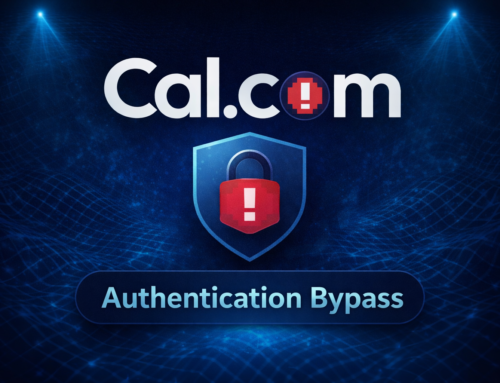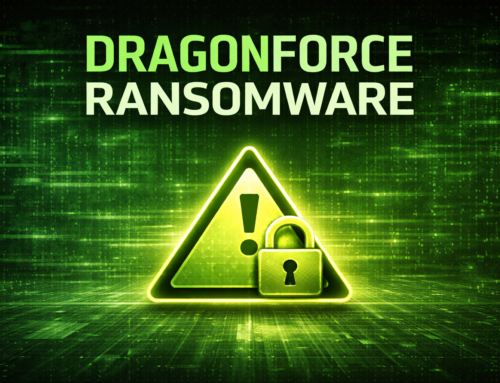Amazon Prime Day scams refer to fraudulent schemes that exploit the retailer’s sell-off day. While the event is a big opportunity for retailers, scammers also use it to target unsuspecting shoppers. Networks of fake websites mimicking Amazon are created, and this article will explain what they are and how to avoid them.
Amazon Prime Day Scams
Prime Day occurs over two consecutive days each year. While shoppers are excited for the deals, scammers are equally ready to exploit them for profit.
A common scam involves sending emails asking customers to verify their accounts, directing them to a fake Amazon site to steal personal information.
Experts suggest that most phishing scams targeting Amazon customers exploit their misunderstanding of how the retailer communicates. According to Scott Knapp, Amazon’s Director of Worldwide Buyer Risk Prevention, the company rarely contacts shoppers directly or asks for order details. However, there are many other forms of fraud to watch out for.
One common scam involves fake websites that look similar to the original store. I’ve analyzed two examples: Amazonexal[.]com and Lainedmn[.]com (currently shut down). Both claimed to be part of Amazon and offered items at steep discounts. However, these sites are fake, and there are no such Amazon branches – they were complete scams.
The age of these scam websites can vary, but their content usually changes every 2-3 weeks to hide past complaints and make it seem like no previous transactions occurred. Both sites use content and logos from Amazon but have no official affiliation with the company, which is a big red flag for any shopping site. If a site doesn’t have its own content, it’s doubtful that the products are even real.
Neither of the sites has genuine reviews or feedback. While some pages may have a “feedback section,” the comments are fake, and you can’t leave your own. Additionally, these sites lack a social media presence, except for victims’ complaints. Even if they have Instagram, Twitter, or Facebook buttons, they are usually inactive.
Lastly, both websites offer unrealistically huge discounts and use tactics that create a sense of urgency, pressuring users to make a purchase quickly
In the past 30 days, 2,300 new fake Amazon websites have appeared. These sites often use imitation payment pages to steal banking information. Recent examples include:
- Amazon-activity[.]com
- Amazonexal[.]com
- Amazon.com.billing-inquiry[.]com
- Lainedmn[.]com
- amazon-store[.]com
Fake gift cards and Promo codes
Another scam tactic for Amazon Prime Day involves fake gift cards and promo codes offering big discounts. While real gift cards and promo codes are available from trusted sources, scammers may try to sell fake ones.
Report a Scam
Collect Evidence: Save emails, screenshots, and URLs.
Report to the Platform: Use the website’s reporting tools.
Contact Your Bank: Alert them if financial details were shared.
File a Report: Notify local authorities or national fraud agencies.
Report the Website: Contact web hosting or domain registrars.
Share Your Experience: Post on social media or fraud alert sites.
Here are some recommendations for safe Prime Day shopping:
- Shop Directly on Amazon: Only buy from Amazon’s official website or app.
- Check Website URLs: Ensure the URL starts with “https://” and is spelled correctly.
- Use Secure Payment Methods: Use credit cards or secure payment services, not debit cards.
- Avoid Suspicious Links: Don’t click on deals or offers from unsolicited emails or ads.
- Verify Discounts: Be cautious of deals that seem too good to be true.
- Read Reviews: Check product and seller reviews before purchasing.
- Monitor Your Accounts: Keep an eye on your bank and credit card statements for any unusual activity.
Follow Us on: Twitter, Instagram, Facebook to get the latest security news!








Leave A Comment